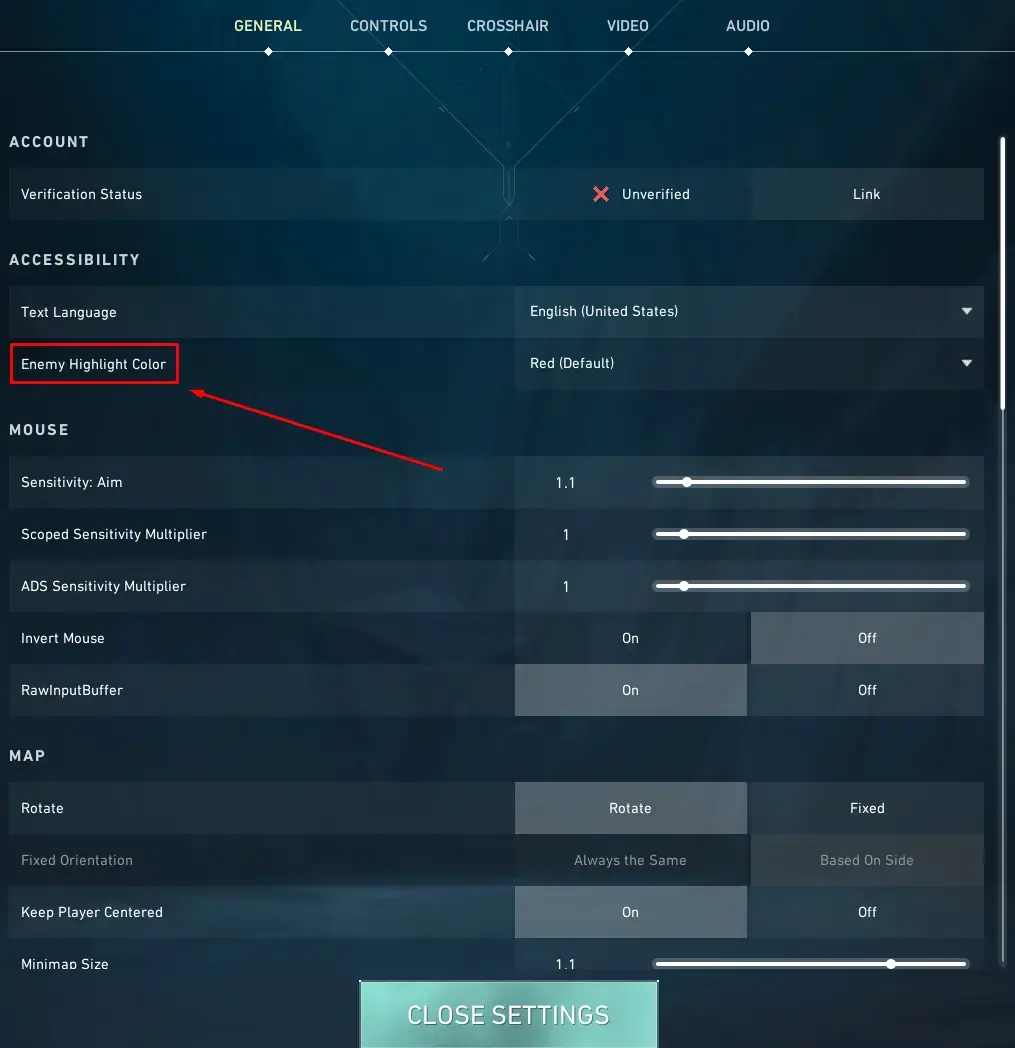
In Valorant matchmaking matches, every advantage matters. One often overlooked aspect of the game that can significantly impact gameplay is the ability to customize enemy colors. By changing them to more noticeable or contrasting ones, you can enhance your ability to quickly identify and react to opponents, ultimately increasing your effectiveness on the battlefield. In this guide, we'll explore the importance of changing enemy colors in Valorant and provide step-by-step instructions on how to do it effectively.
Understanding the Importance of Enemy Color
In Valorant, quick detection of enemy agents is incredibly important for success as it gives us an edge on the battlefield. However, standard enemy colors don't always provide the best visibility, especially at the fast pace of the game or on certain maps. By customizing enemy colors, you can ensure a brighter highlight of enemies against the background, making them easier to spot and track in the heat of battle.
Available Color Options
In Valorant, there are four available enemy highlight colors: red, purple, yellow (for deuteranopia), and yellow (for protanopia). Regarding the two yellow color options, it's worth noting that developers have catered to players with color blindness, and both of these colors address this issue.
Deuteranopia and protanopia, while both affecting the perception of red light, have differences otherwise. Therefore, Valorant developers decided to offer two different shades of yellow to ensure maximum comfortable perception for both types of color blindness.


Choosing the Right Color
When selecting colors for enemies, it's important to consider factors such as contrast and visibility. Choosing colors that sharply contrast with the game environment and other elements on the screen will help ensure easy differentiation of enemies at a glance. Bright, saturated colors such as red, yellow, or purple are all available color options at the moment, so choose whichever suits you best.
Additionally, it's important to avoid choosing colors that are too close to elements such as blood splatters or map details, as this can cause confusion and hinder gameplay. Experimenting with different colors in custom games or shooting ranges can help players find the optimal settings that match their preferences and play style.
Changing Enemy Colors in Valorant
Fortunately, in Valorant, players have the ability to customize enemy colors through the in-game settings menu. Here's a step-by-step guide on how to do it:
- Launch Valorant and navigate to the settings menu.
- Select the "General" tab.
- Scroll down to the "Accessibility" section, located near the top.
- Next, select the "Enemy Highlight Color" option.
- Click on the color swatch to open the color selection.
- Choose the desired color for enemy outlines or highlights.
- After making satisfactory color selections, save the settings and exit the menu.
It's worth noting that enemy colors can be customized independently of friendly and neutral colors, allowing players to fully tailor their visual experience.

After making changes to enemy colors, it's important to spend some time testing them in a real match. Pay close attention to how the new colors affect visibility and enemy detection during gameplay. If necessary, you can always change the outline color to another or revert to the default red, which is set by default.
Which color is the best among the options provided?
Among the provided colors (red, yellow, and orange), the best choice depends on individual preferences and player perception. However, red is often considered the most vibrant and noticeable color, especially against many game environments. Yellow also offers good visibility and is not as bright as the previous one. Orange can be a good compromise between brightness and pleasant eye perception.
If you consider the settings of many professional players on the Valorant scene, you will easily notice that each plays with a different color that suits their perception. So, it's not worth blindly copying your favorite player; focus on choosing what's comfortable for you.
Ultimately, the optimal choice of enemy color depends on individual preferences and player comfort, so it's recommended to conduct your own tests and experiments to determine the best option.

Conclusion
Customizing enemy colors in Valorant can have a significant impact on your match results. By choosing colors that enhance visibility and contrast, you can improve your ability to quickly detect and react to enemies, ultimately leading to better performance. With the right color settings and some practice, you can elevate your skills on the Valorant battlefield.
Comments
Upcoming Top Matches
Latest top articles







No comments yet! Be the first one to react